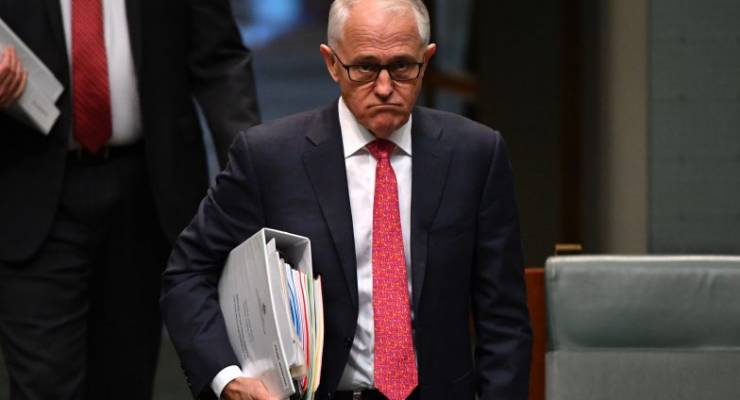
Fair play to the government on its seven-year plan for personal income tax cuts.
One of the tax cuts it delivers is both immediate and particularly clever. It is the kind of tax cut that helps only low-to-middle income earners. Normally, when a government cuts the lowest tax rate or shifts the lowest tax threshold up, it delivers benefits to everybody across the earnings spectrum — after all, even the billionaires get the bottom layers of their income taxed at the lowest rates.
But this time, the government seems to have taken advantage of the freedom the Coalition sometimes has to be more Labor than Labor. It will use a “Low and Middle Income Tax Offset” to give money back to regular people — those making what you might call “teacher salaries”.
People earning under $37,000 will get up to $200 from the program. The tax cut slides up toward $530 as you approach $48,000 a year. Then, a whopping 4.4 million taxpayers making between $48,000 and $90,000 a year will get an extra $530. The benefit finally fades out when you earn over $125,000.
That is a substantial sum of money. While it is not targeted at the most needy sector of society — those who don’t make money at all — it is widespread enough that it can be expected to help with the cost of living and provide a small fillip to the economy.
This cut is very costly — a great big whack to revenue of over $4 billion a year. And we can question, from an economic perspective, whether this is the best year to be splashing the surplus. But limiting its applicability to middle income earners means it is less expensive than it might have been.
We of the never-never
Much of the rest of the enormous tax cut plan is somewhat imaginary. And that’s a good thing.
A small part of the changes to the tax thresholds will come in during 2018, but the bulk of the rest is due in the financial years 2022-23 and 2024-25. July 1, 2022, is when the government says Australia will lift the 32.5% threshold from $90,000 to $120,000. On July 1, 2024, it will send that threshold much further up — to $200,000 — and abolish the 37% tax bracket.
When a government legislates in 2018 for tax cuts to come in during the 2024-2025 financial year, it does so knowing that the current ministers could well be retired by then.
Goodness only knows how many prime ministers Australia will have churned through by that time. Any number of them could reverse the proposal that Scott Morrison made on Tuesday. The tax cuts exist in the mind of their designer, but anything could happen to them.
Tax cuts like that are obviously not so much about managing the fine balance of tax and revenue seven years hence. Instead they are about the merits of being able to talk about great big tax reform prior to an election. And this is the last big chance to announce them, as the election is expected before the next budget.
If we accept that the government — unable to escape the long shadow of Peter Costello and the expectations he built up in relation to perpetual tax cuts — must promise widespread tax reform to appear like a functional Coalition, then this is a sensible reform.
It is far better to promise things that are out in the political “never-never” than throw budget balance under the bus by actually making huge tax cuts now.








So :-
“600 precarious dollars a week, in a casualised job dependent on shifts, no allowances, no penalty rates (thanks to this same government) : all “offset” by an extra 60¢ a day to live on – in a lump sum, paid next year?
whacko!
Meanwhile – with the same overheads (rent, untilities, food, transport etc – thank God if you didn’t have dependants) – if you could earn $712 a week, you’d get back $1.40 a day?”
Seriously?
$1.40 won’t even buy you a Mars bar! Thanks ever so much Mr ScoMo…
Think of the savings in dental problems.